Natural handmade tallow soap recipe: Goats milk and honey
I've been wanting to try making soap with milk for ages. We haven't been milking our cows, so I was waiting for a friend to have enough goat's milk to spare. I know I could just buy milk, but that seemed like a strange thing to do (you start to forget that milk comes from the shop when you've been milking a cow for a few years!). Anyway, I was happy to wait as I had plenty of other soap to make.
While I was waiting, I also received a review copy of a new soapmaking book called The Natural Soap Making Book for Beginners: Do-It-Yourself Soaps Using All-Natural Herbs, Spices, and Essential Oils (Affiliate link), by Kelly Cable of the blog Simple Life Mom. Kelly has an amazing Etsy shop full of soaps and natural lotions, so I am very excited that she has decided to share her experience and recipes in this book. And seeing as it contains several goat milk soap recipes and my friend finally had some goat milk to spare, I recently got my chance to try goat milk soap. Even better, I have permission to share one of the recipes with you today.
The trick with milk soap is to start with very cold milk, some people freeze it completely before adding the caustic soda. Kelly also recommends only replacing half the water with milk, in her recipe below it is less than half the milk. She also includes honey for lather and beeswax for hardness (as well as a slight tan colour and honey fragrance). The recipe uses lard, but I asked Kelly if I could swap that for tallow as I always have plenty of tallow, and she said that would be fine. It is a little more adventurous that my usual recipes, as it also has sweet almond oil for lather. The main scent is orange essential oil, which is lovely with the slight honey smell from the honey and beeswax. I usually only use tallow, olive oil and coconut oil, so it was a nice challenge to use some different oils and ingredients to try this recipe as part of my book review.
Apart from several goat milk soap recipes, there are over 200 pages, covering everything you need to know about natural soapmaking, including natural colourants, techniques for swirling and specialty bars that are more than just soap. Most of the recipes use either tallow or lard, with coconut oil, olive oil and various specialty oils and butters. I often find that I have to adjust recipes to incorporate tallow, as it is my preference for soap making, so it was a nice change to have a whole book of recipes designed for tallow and lard already.
The only issue from my end was that everything was in ounces, so I had to convert each recipe before I started. An ounce is 28g, so you just need to multiply each ounce measure by 28 to get grams, or there is a conversion table at the back of the book. I checked the recipes with my own calculations before I used them to make sure that I got the conversions right. Its good practice to do this with any new recipe, using your own calculations or an online soap calculator, just to be sure as you never know if there have been typos or miscalculations (although I'm sure this book has been triple-checked for such things, but you can never be too careful!).
Goat Milk and Honey Soap by Kelly Cable
Yield: 3 pounds or twelve 4-ounce bars
Lye Discount: 15%
Label: Moisturizing,
Start to Finish Time: 2 hours, 24 hours in mold, 4 to 6 weeks to cure
Scent: Orange
Though a Castile bar was the first soap recipe I made, I dreamed of making a Goat Milk and Honey Soap bar. Well, here it is. Using milk and honey in a recipe means you need to be aware of a few more things, but it’s pretty easy once you get the hang of it. Enjoy the many nourishing benefits of this soap!
Equipment list:
Large stainless steel pot
large spoon
scale
bowls for measuring ingredients
thermometer
stick blender
small zip top bag
glass or plastic bowl for lye water
mold
parchment paper
rubber spatula
measuring spoons
Ingredients:
· 10 ounces olive oil
· 8 ounces lard
· 8 ounces coconut oil
· 4 ounces sweet almond oil
· 2 ounces beeswax
· 4 ounces lye
· 8 ounces filtered water
· 4 ounces goat milk
· 1 ounce orange essential oil
· 1 Tablespoon raw honey
Safety First!
Remember to wear your safety equipment and mix the lye water outside.
Tell everyone you live with that where you're working is off limits.
Give yourself enough time to complete the recipe.
Prep Ahead: Combine the water and milk in a large glass, plastic, or stainless steel container. Place milk-water into the freezer for 1 to 2 hours. It is okay if a slush forms, as long as it doesn’t freeze. The colder your milk-water, the lighter your soap will be after adding the lye.
Instructions:
1. Heat the Fats/Oils: In a large pot over medium-low heat, combine olive oil, lard, coconut oil, sweet almond oil, and beeswax. Heat until they are melted and incorporated. Remove from heat and allow to cool to 90-100°F.
2. Mix the Lye-Water: Put on protective gear including a mask, gloves, and long sleeves. Outside, very slowly pour only ¼ of the lye into the milk-water and stir until dissolved. Let cool for 20 minutes. Repeat until all lye is dissolved into the milk-water. If milk still browns, don’t worry. Your soap will just be darker. Allow to cool to 90-100°F. If oil or lye water cool at different rates, you can use a cold or hot water bath in the sink.
3. Prepare the Mold: While the oils and lye water cool, line the mold with parchment paper.
4. Combine and Bring to Trace: When both oils and lye water are around 90-100°F, pour the lye water into the pot of oils. Use a stick blender or hand mixer to mix for 1 to 2minutes and then let the mixture rest for 4 to 5 minutes. Repeat mixing and resting until light trace.
5. Mix in Natural Additives: When soap reaches light trace, add essential oils and honey and blend for 30 seconds.
6. Mold the Soap: Pour the soap mixture into the mold, cover with a lid or parchment paper for 24 hours. Do not insulate unless your house is below 75°F, then insulate by placing a towel around the outside edges to avoid a partial gel.
7. Cut and Cure: Remove soap from the mold. If it seems too soft to remove, wait another 12 to 24 hours before removing. Cut the soap into twelve 4-ounce bars. Allow the bars to cure for 4 to 6 weeks.
Tips: Milk can scald when lye is added. Placing the milk-water in the freezer until it’s very cold helps prevent this. Be sure to add lye slowly. It is okay to really take your time, coming back every 20 minutes to add a little more. Adding milk can also make your batch get hotter than usual, so just insulate a milk recipe lightly with a towel if you’re concerned about getting a good gel for color. Honey can also make soap come to trace faster, so add it and blend really well right before pouring soap into the mold.

Have you tried making goats milk soap? Any tips or techniques that can help?
**This book was sent to me to review and I made the recipe myself to test it. Thank you for supporting my blog by using my affiliate links**
You can find out more about tallow soap in my eBook Make your own natural soap
Other posts about soap:



















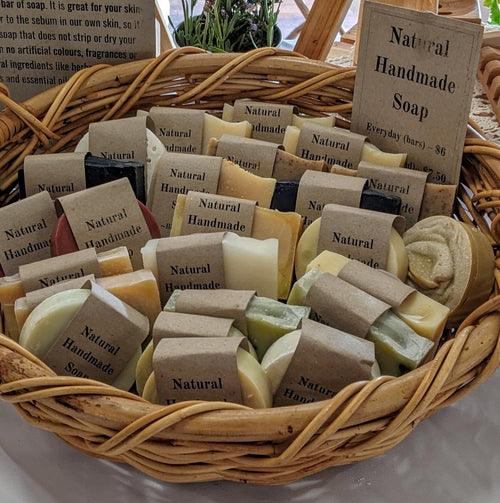
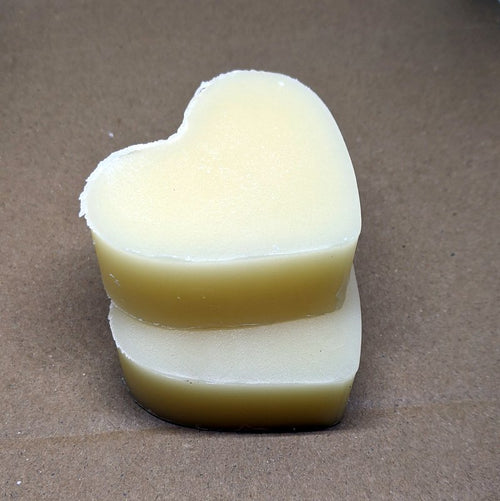
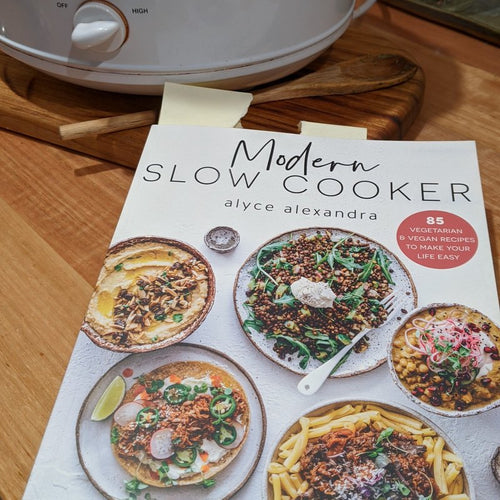
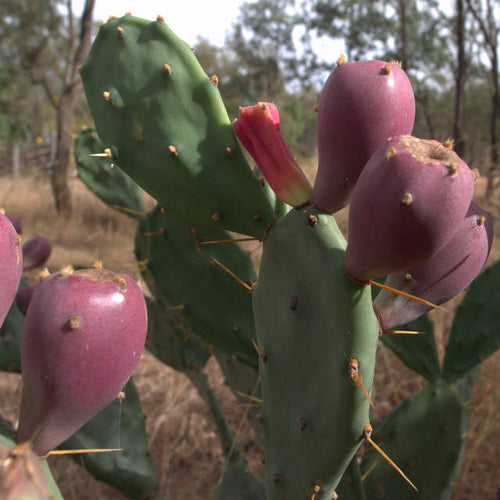
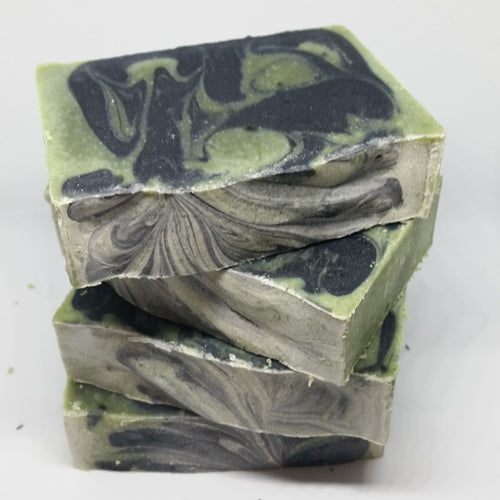
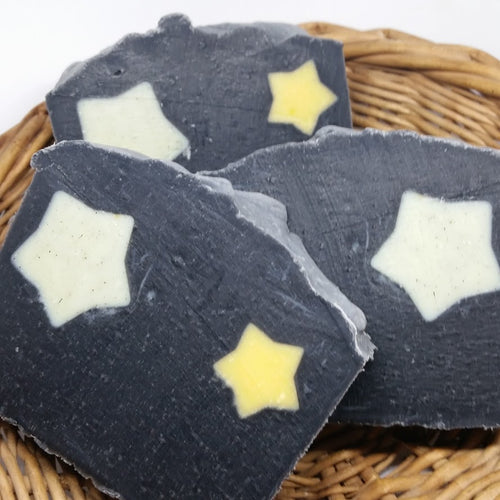



Hi Jan, personally I wouldn’t use a fragrance oil unless you were sure that it is “skin safe” and many candle fragrances are not. Actually I prefer essential oils or no scent at all. I hope the soap works out for you! Cheers, Liz
Hi Liz
Good to see you on Sunday. I have just read the soap recipe and when I get a free day am eager to try it, have made goat’s milk soap before, but many years ago. I have a bit of camel milk in the fridge so may use that. I would like to use some carnation scented oil I bought for making my candles, it isn’t an essential oil, so wondered if you had any experience with fragrant oil as such? It is well perfumed. Don’t think I have used honey before either, but the bit of extra moisture from the oil may be OK. Would hate to bugger a whole batch. Regards
Jan
Leave a comment